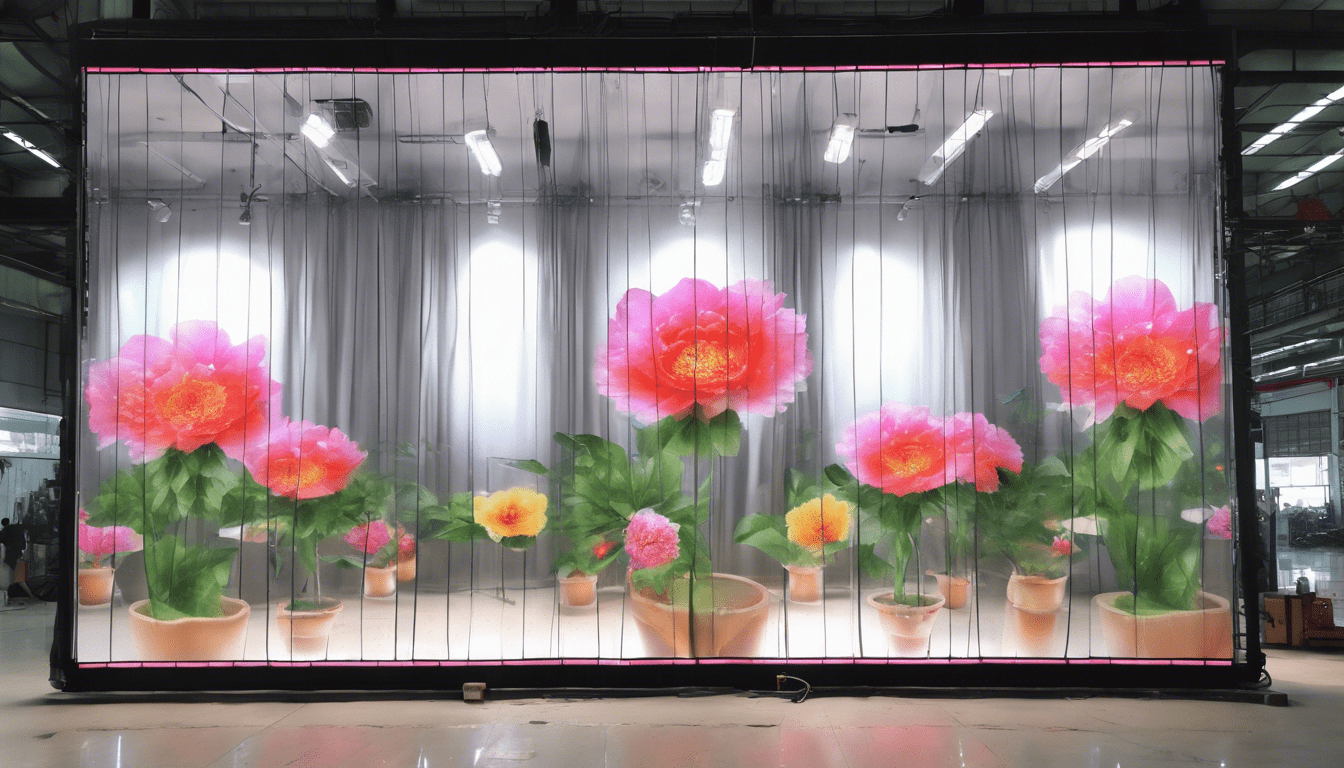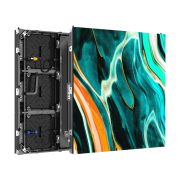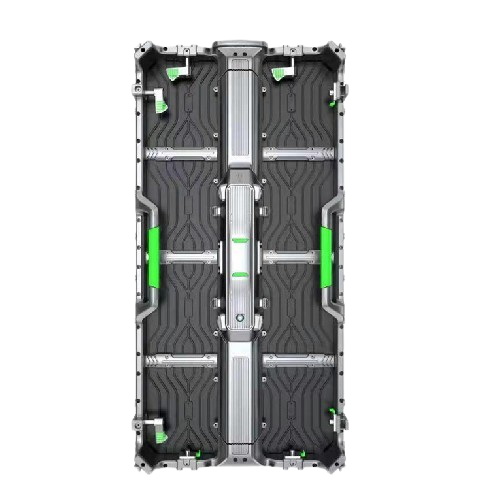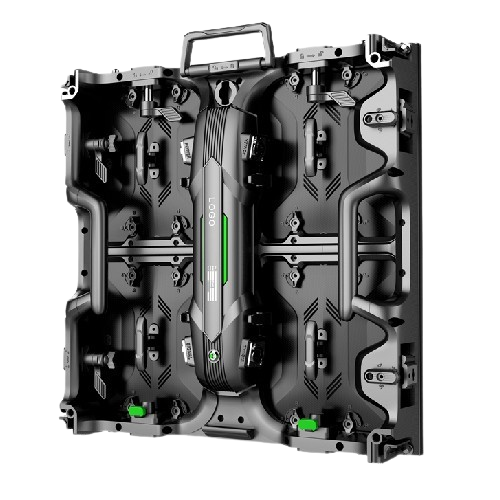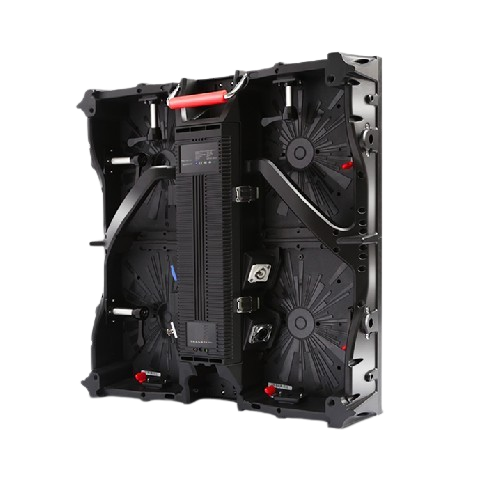Revolutionizing Visual Displays: A Comprehensive Guide to Curtain Transparent LED Display Manufacture
Understanding Curtain Transparent LED Displays
Curtain transparent LED displays represent a breakthrough in visual technology. Combining the advantages of traditional LED displays with unparalleled transparency, these screens offer an innovative solution for modern advertising, architectural embellishments, and artistic installations. In this comprehensive guide, we’ll delve into the specifics of curtain transparent LED display manufacture, exploring the intricacies that make these displays a game-changer in the visual display sector.
What is a Curtain Transparent LED Display?
A curtain transparent LED display is a specialized display screen that allows viewers to see through it while displaying visuals. Made up of rows of thin LED bars, these displays provide high brightness, contrast, and transparency, making them ideal for applications where both display performance and aesthetic transparency are critical.
Applications of Curtain Transparent LED Displays
- Retail: Stores use these displays for window advertisements to attract customers without obstructing the view into their stores.
- Architecture: Curtain transparent LED displays can be integrated into building facades, creating stunning visual effects without compromising natural light.
- Events & Exhibitions: They are used at events for dynamic displays that enhance the ambiance and audience experience.
- Public Spaces: Installations in airports, train stations, and other public areas for both advertising and informational purposes.
Steps in the Manufacturing Process for Curtain Transparent LED Displays
1. Design and Prototyping
The first stage in manufacturing a curtain transparent LED display is the design phase. Engineers and designers conceptualize the display, ensuring it meets specific size, resolution, and transparency requirements. Prototyping involves creating a small-scale version to test functionality and make necessary improvements.
2. Selection of Materials
The next step is selecting high-quality materials that ensure durability and optimal performance. This includes LED chips, transparent substrates, and robust wiring systems. Special attention is paid to the transparency and durability of materials to ensure the final product meets quality standards.
3. Assembly of LED Modules
In this phase, the LED modules are assembled meticulously. This involves placing individual LED chips on the transparent substrate, wiring them, and securing them in place. Automated machines assist in placing LEDs with precision, ensuring uniform brightness and color consistency.
4. Encapsulation and Waterproofing
To protect the LED modules from environmental factors, they undergo encapsulation and waterproofing. This step is essential for displays intended for outdoor use, ensuring they can withstand adverse conditions without compromising performance.
5. Integration of Control Systems
Control systems are integrated to facilitate seamless operation. These include hardware and software components for signal processing, synchronization, and remote management. Advanced control systems allow for real-time content updates, brightness adjustment, and other functionalities.
6. Quality Testing
Quality testing is a critical step in the manufacturing process. Here, the display undergoes rigorous tests for brightness, color accuracy, transparency, and durability. Any defects identified during this phase are rectified to ensure the final product meets high-quality standards.
7. Installation and Calibration
Once manufactured, the curtain transparent LED display is installed on-site. Installation involves mounting the display securely, connecting power and data lines, and calibrating the display for optimal performance. Technicians ensure the display blends seamlessly with its environment, achieving the desired visual effect.
Benefits of Curtain Transparent LED Displays
- Aesthetic Appeal: These displays blend into their surroundings, maintaining transparency while delivering vibrant visuals.
- Energy Efficiency: Advanced LED technology ensures high brightness with low power consumption, making them eco-friendly.
- Versatility: Suitable for various applications, from advertising to architectural integrations and event installations.
- Durability: Designed to withstand environmental factors, ensuring longevity even in harsh conditions.
Challenges in Curtain Transparent LED Display Manufacture
Despite their advantages, manufacturing curtain transparent LED displays comes with its own set of challenges:
- Precision in Assembly: Ensuring uniform placement of LEDs is critical to avoid inconsistencies in brightness and color.
- Material Quality: Selecting materials that offer both transparency and durability can be challenging.
- Control Complexity: Integrating advanced control systems that provide seamless operation requires expertise.
- Cost: The production and installation process can be expensive, making it a significant investment.
Innovations in Curtain Transparent LED Display Technology
Continued research and development are driving innovations in curtain transparent LED display technology:
- Higher Transparency: Advancements in materials science are enabling displays with even higher transparency, making them virtually invisible when not in use.
- Enhanced Durability: New encapsulation and waterproofing techniques are improving the durability and lifespan of these displays.
- Smart Integrations: Integration with IoT and AI for smarter, more responsive displays that adapt to their environment and user preferences.
Case Study: Successful Implementation of Curtain Transparent LED Displays
Let’s examine a real-world example of a successful curtain transparent LED display implementation:
Case Study: XYZ Retail Store
XYZ Retail Store sought to boost its storefront visibility without blocking the view into its store. They opted for a curtain transparent LED display to replace traditional window advertisements. The result:
- Increased Foot Traffic: The dynamic visuals caught the attention of passersby, leading to a significant increase in foot traffic.
- Enhanced Aesthetic: The transparent display maintained the store’s modern aesthetic, allowing natural light to flow in.
- Versatile Advertising: XYZ could update their promotions in real-time, tailoring their advertisements to different times of the day or special occasions.
Future Trends in Curtain Transparent LED Displays
As technology evolves, several trends are shaping the future of curtain transparent LED displays:
- Increased Resolution: Higher resolution displays will offer even sharper and more detailed visuals.
- Interactive Displays: Integration with touch and gesture controls for interactive experiences.
- Sustainability: Development of more energy-efficient LEDs and sustainable materials for greener displays.
Conclusion: The Impact of Curtain Transparent LED Displays
Curtain transparent LED displays are transforming the way we approach visual communication in various sectors. Their unique combination of transparency, high performance, and aesthetic appeal makes them a sought-after solution for modern visual display needs. By understanding the manufacturing process, benefits, challenges, and future trends, businesses can leverage this technology to create impactful visual experiences.

